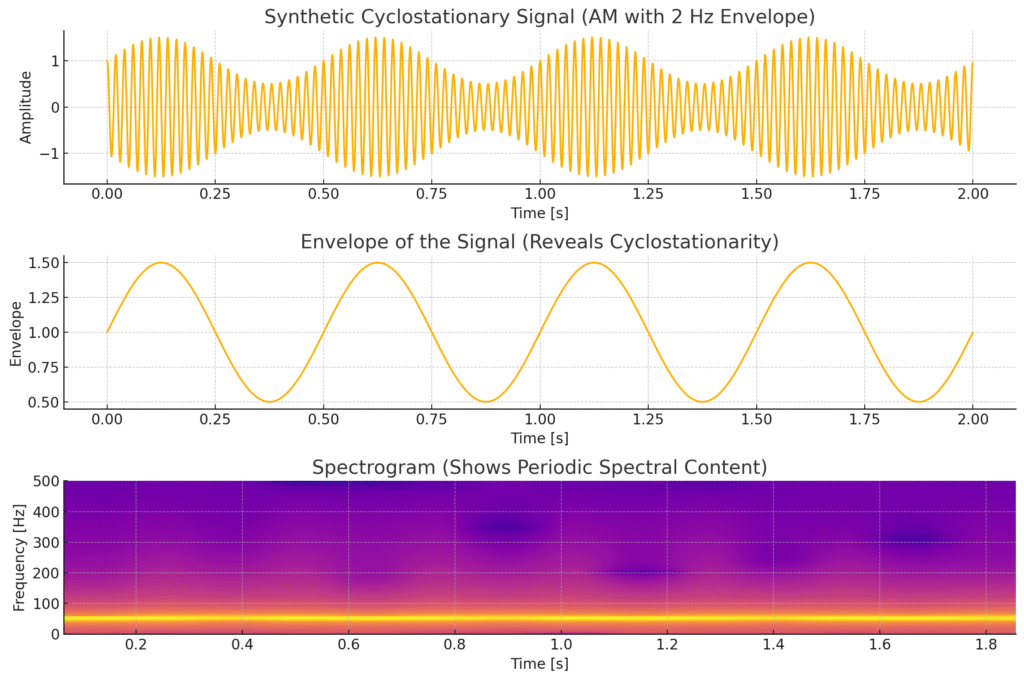🛰️ FULL TELEMETRY INDEX FOR HUMAN/BODY TRACKING IN SIGINT 🔴 1. Active Emissions (Direct RF sources from/on the target) Type Description Detectability GPS/GNSS metadata Raw satellite pings from smartphones, trackers, cars Easy (if unencrypted) Wi-Fi MAC pings Probe requests broadcast by phones looking for networks Medium Bluetooth BLE beacons Constant presence signals from smartwatches, earbuds,
🧠 Breakdown: What Is Ultrasonic-Modulated RF? There are three major interpretations depending on the field: 1. Ultrasonic Modulation of RF Fields via Nonlinear Media Key Applications: 2. Ultrasonic-Driven Backscatter Modulation (e.g., Neural Dust) Key References: 3. Weaponized / Experimental Communication or Neuromodulation Theoretical Concepts: 📡 Some TI research alleges that this kind of hybrid interaction
🧠📡 Synthetic Telepathy & Signal Intelligence Toolkit A New Forensic Framework for Covert Signal Detection and Brainwave Correlation Are you being targeted by directed energy weapons, strange bursts of RF signals, or suspected synthetic telepathy attacks? Most technical surveillance countermeasure (TSCM) tools stop short — identifying “signals of interest” without proof or correlation. That’s why
🧠 Cyclostationary Analysis in Signal Intelligence: A TI-Friendly Tutorial 🔍 What Is Cyclostationary Analysis? Cyclostationary analysis is a powerful tool in signal intelligence (SIGINT) used to detect and classify repetitive, structured patterns in electromagnetic signals, especially those designed to hide in noisy environments. Unlike a basic spectrum analyzer — which only shows how much energy
🛡️ How to Build a Radar-Absorbing Coating to Shield Your Home from Surveillance and Attacks Radar powers military surveillance, synthetic aperture imaging, and even directed-energy weapons. This guide walks you through creating a radar-absorbing material (RAM) coating to make your home nearly invisible to radar-based threats across 1–40 GHz. Using real electromagnetic science, this coating
DIY Non-Linear Junction Detector (NLJD) for Nanotech Detection Introduction: Why Nanotech Detection? Non-Linear Junction Detectors (NLJDs) identify hidden electronics by transmitting a clean RF signal (e.g., 915 MHz) and detecting harmonic reflections at multiples (2f: 1830 MHz, 3f: 2745 MHz) caused by nonlinear junctions in semiconductors or corroded metals. For nanotech detection, we need to
Tooth Inspection of 1.33 GHz Comb: Signal Analysis and Interpretation Tools Used: Signal Hound BB60C, FFT Spectrogram, IQ Analysis Software 🔍 Overview During spectral surveillance using a Signal Hound BB60C analyzer, a highly structured signal was observed within the 1.327 to 1.334 GHz band. This band is largely unoccupied by public commercial applications, making anomalies
Advanced Detection of Retroreflectors: Exposing the Invisible Echo Retroreflectors are passive devices that reflect incident energy (RF, microwave, ultrasound, or optical) back to its source, often modulated to carry data like audio, pressure, or biochemical signals. Their lack of active power sources makes them invisible to traditional bug sweepers, which rely on detecting emissions. Detection
🎯 Real-Time Signal Detection with BB60C and CSV Export for FCC Lookup 📡 In the world of RF surveillance, detecting low-SNR or ultra-wideband (UWB) signals is like finding a needle in a haystack—especially when those signals might only appear briefly or blend into the noise floor. That’s where this custom Python script comes in. This
Backscatter Brain-Computer Interfaces: Passive Neural Tech and What It Means for Targeted Individuals Imagine a brain implant so small and low-power that it doesn’t even need a battery or transmitter. Instead, it quietly “pings back” neural signals by reflecting an external radio or ultrasonic wave. This is the promise – and potential peril – of




